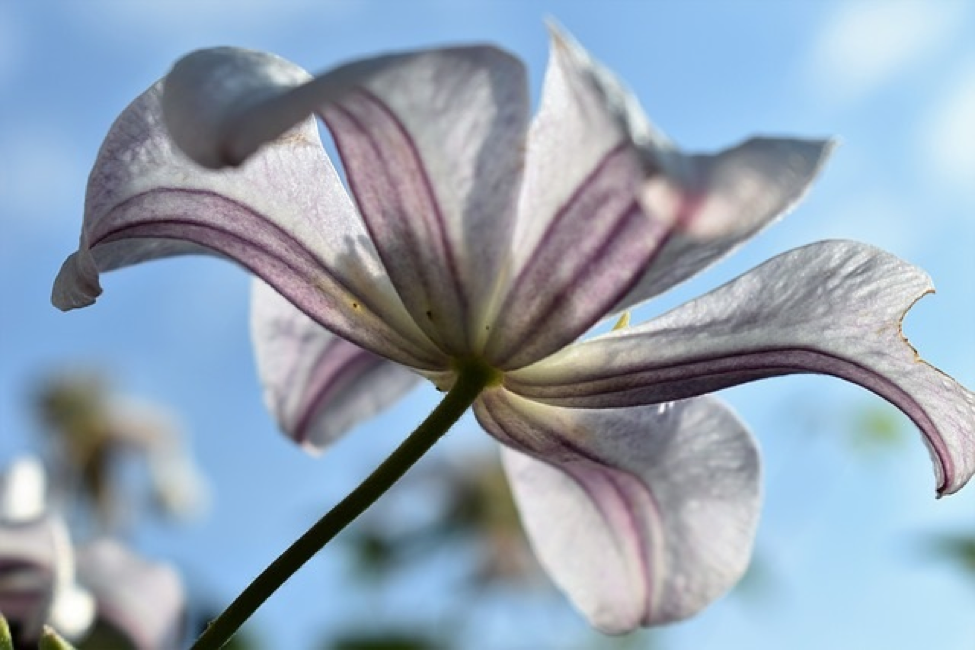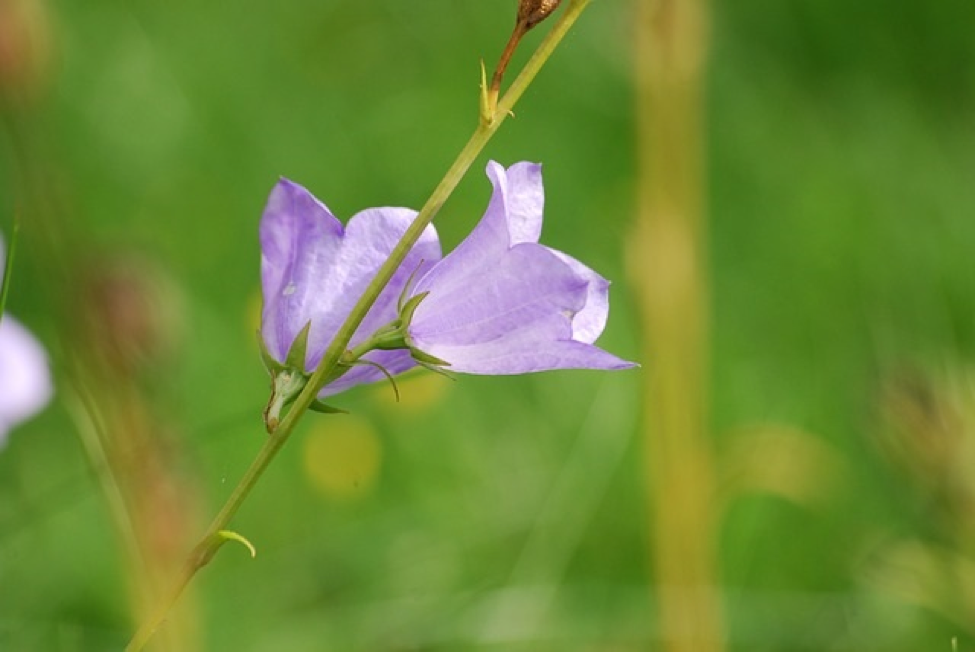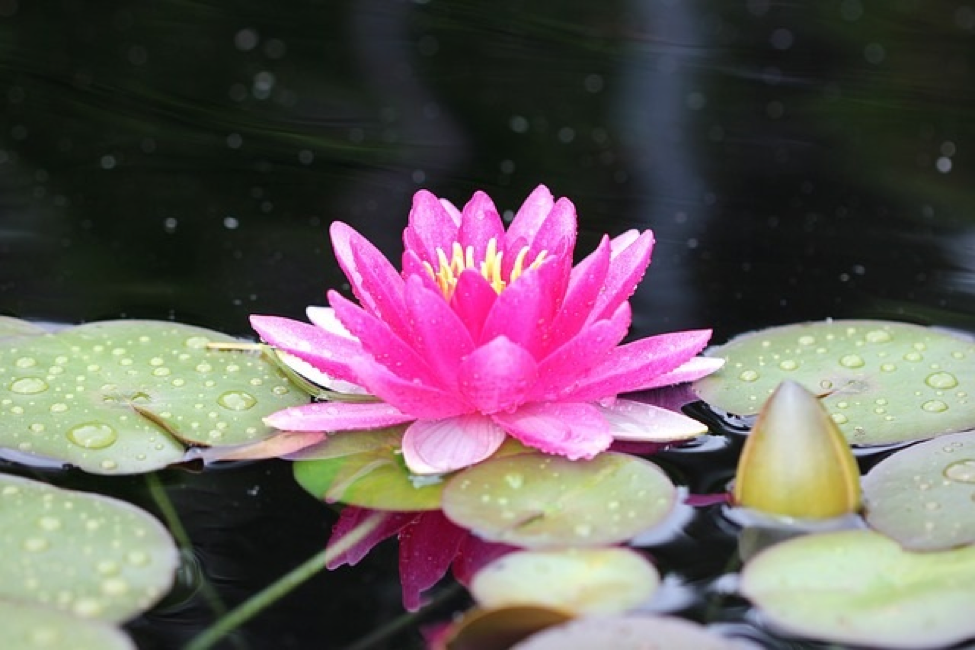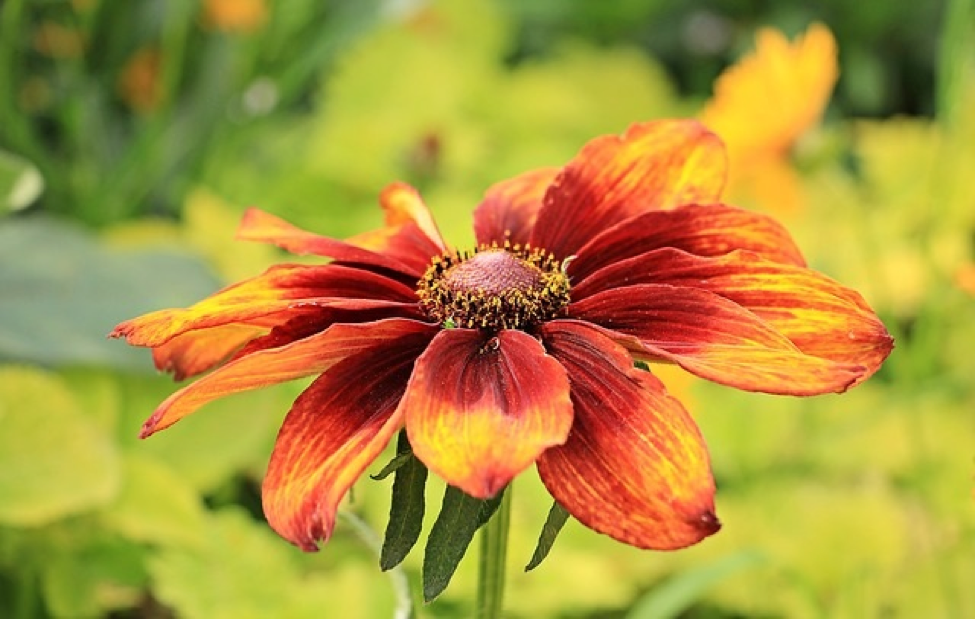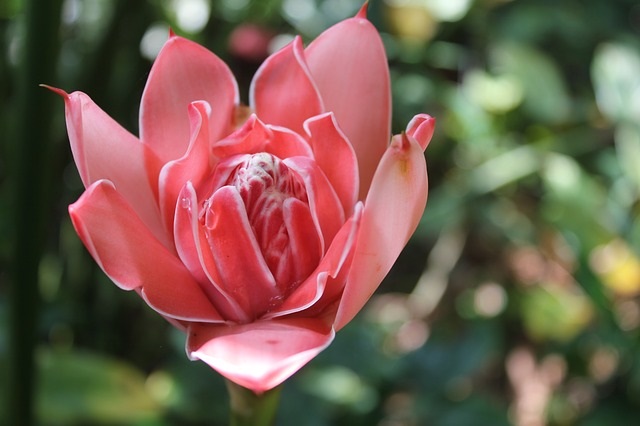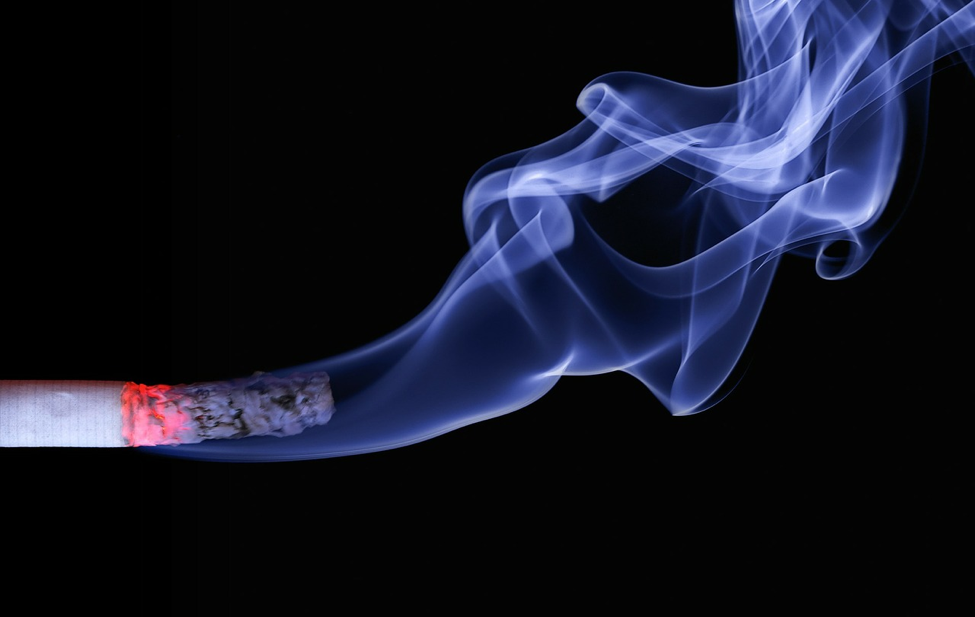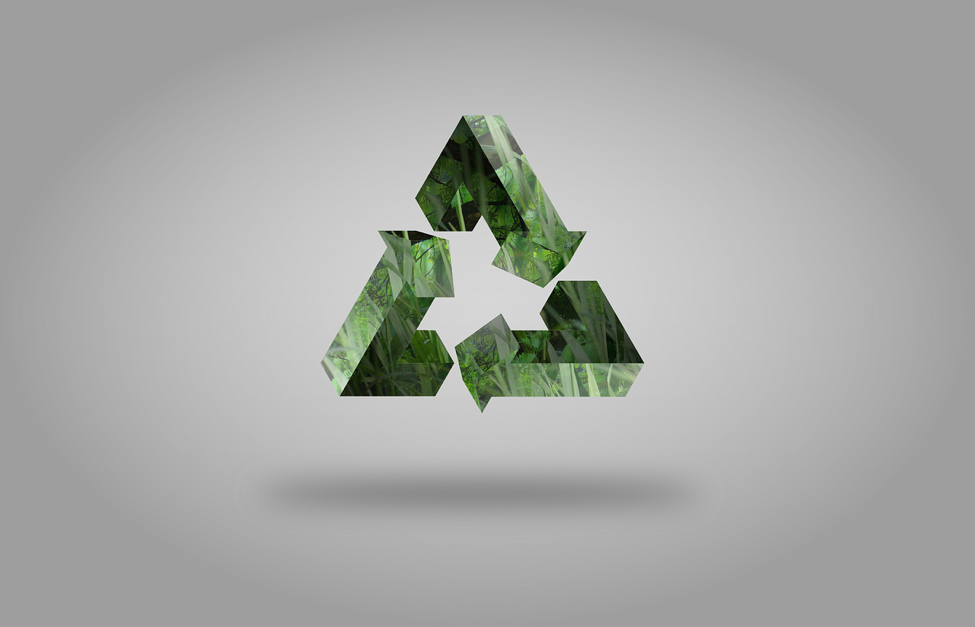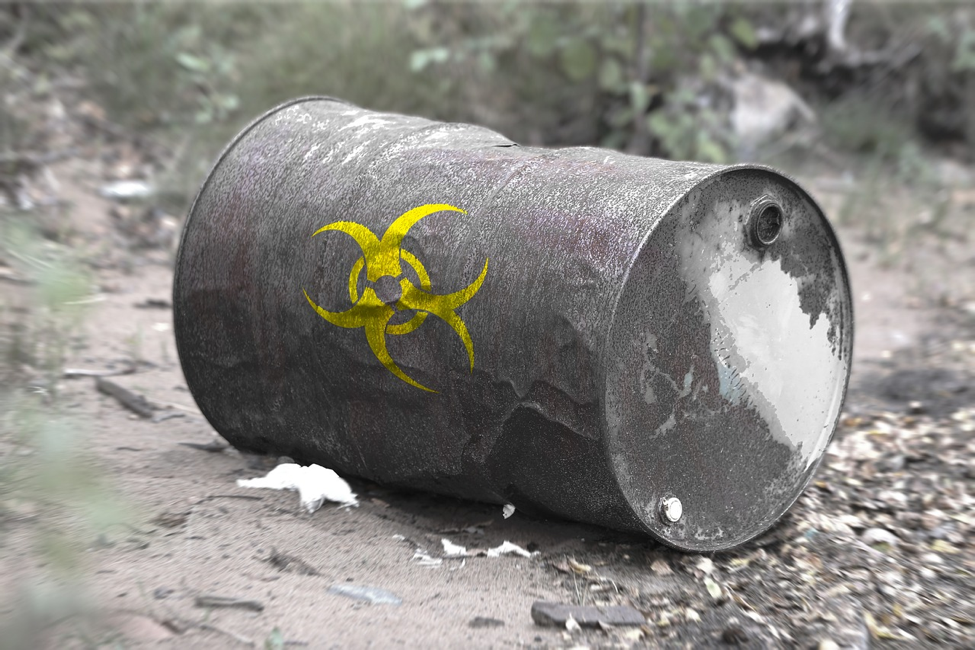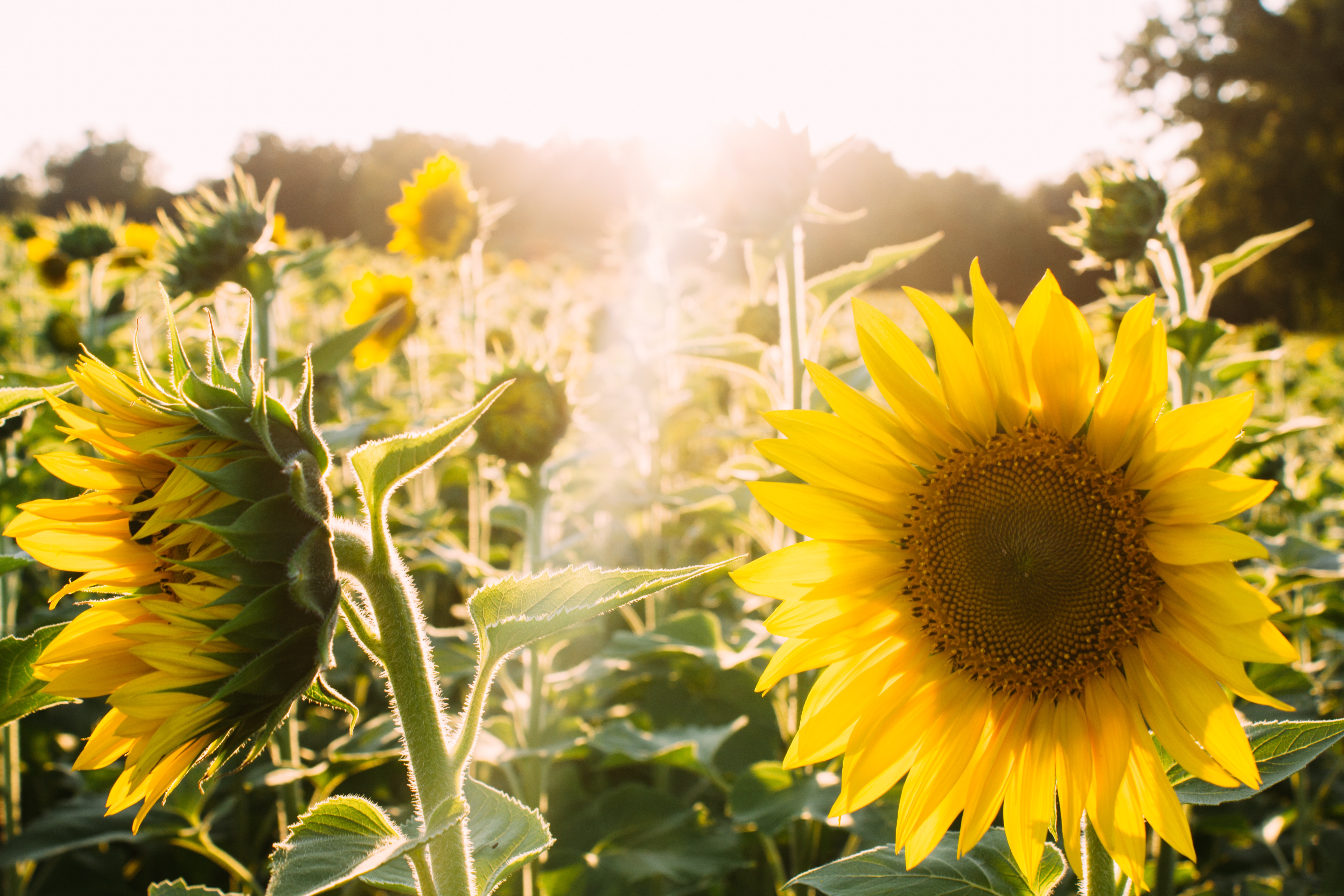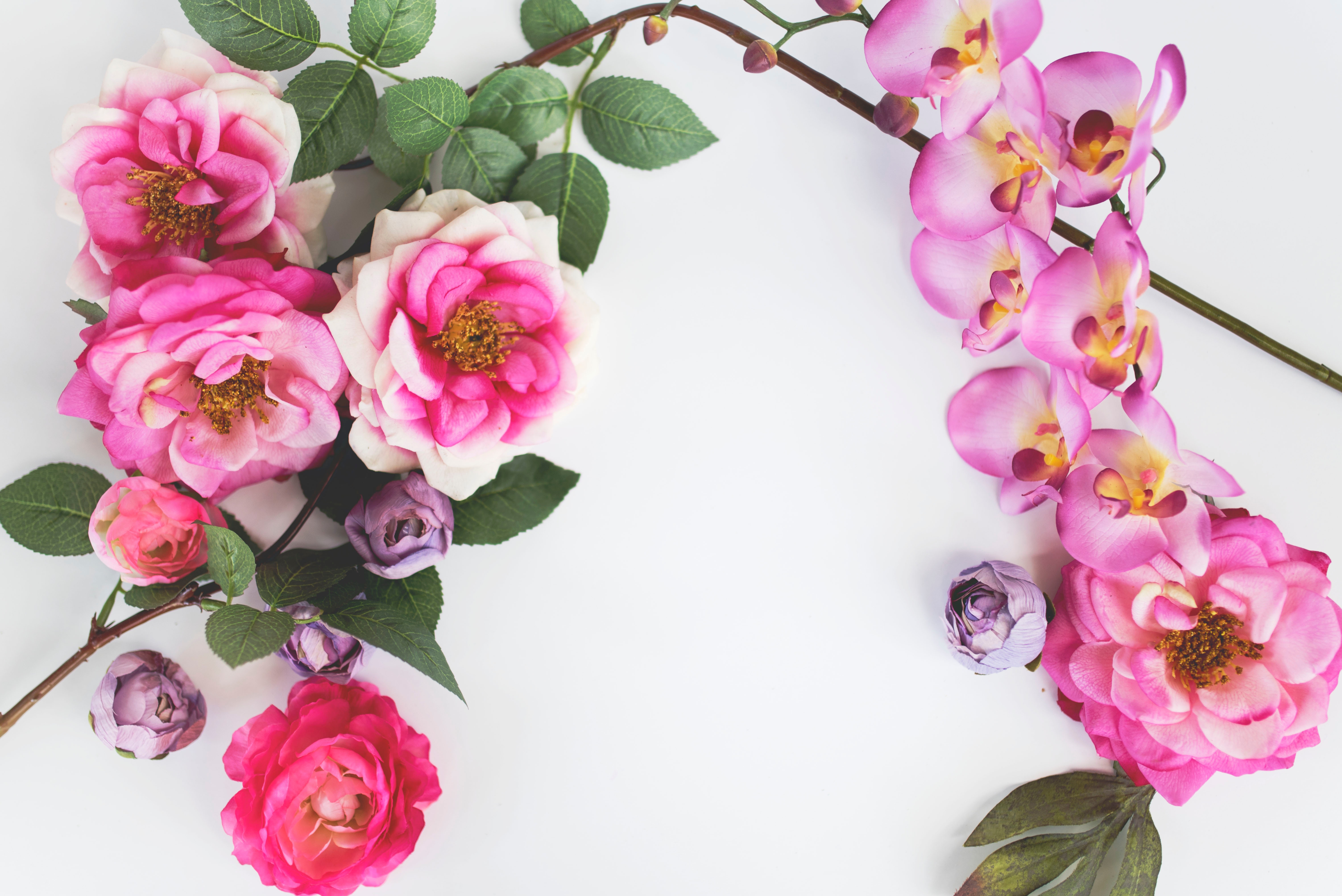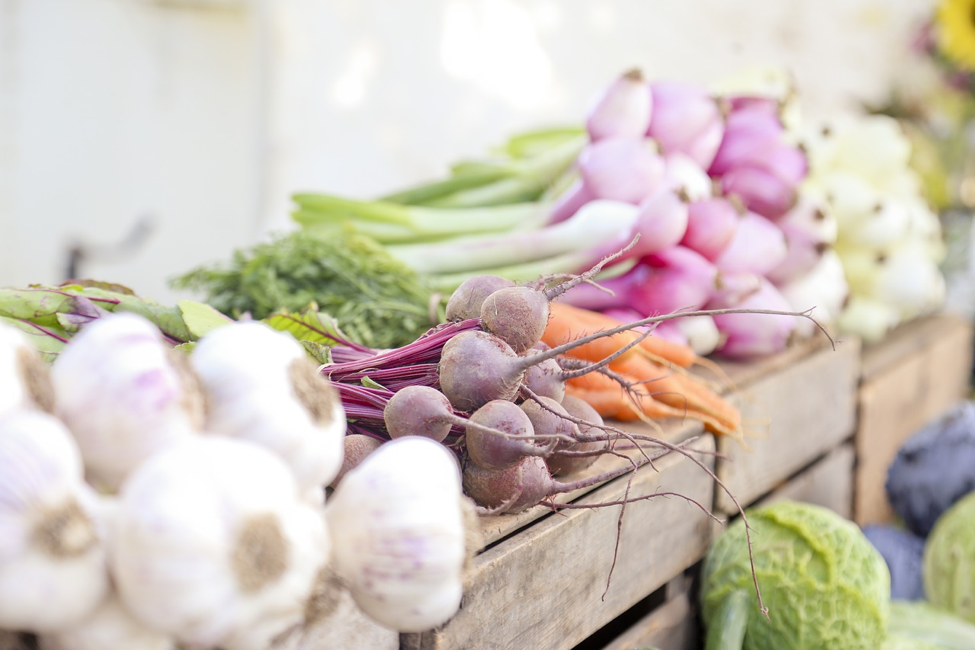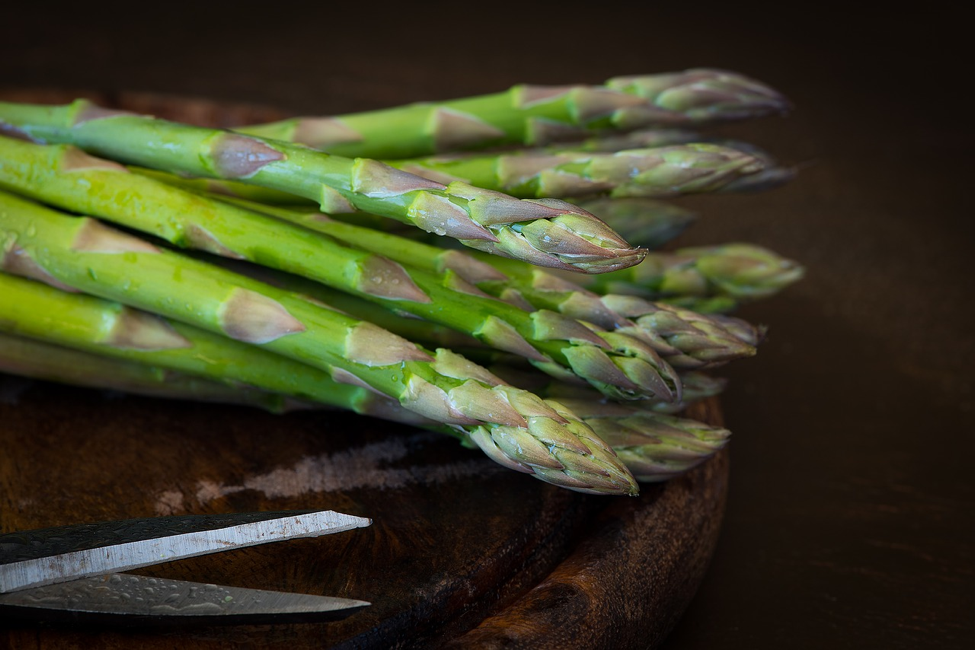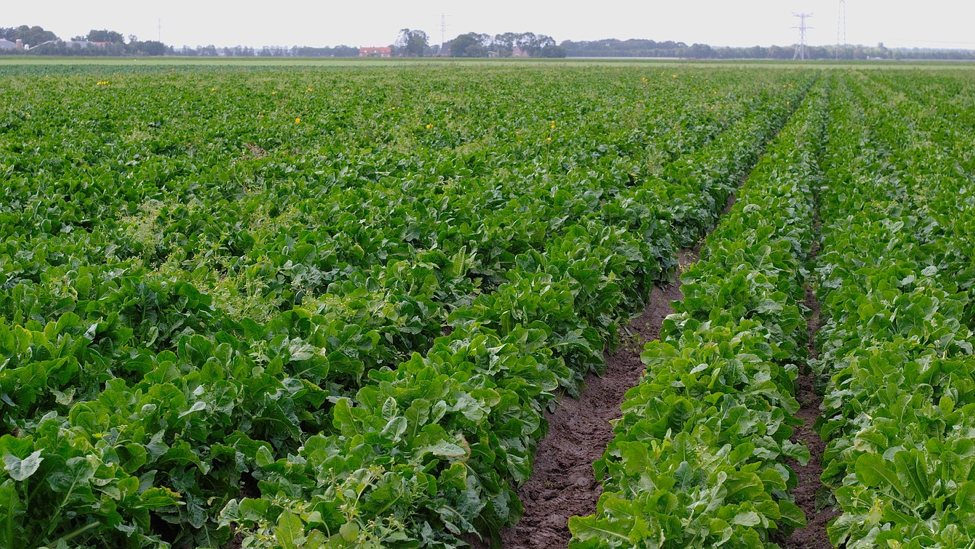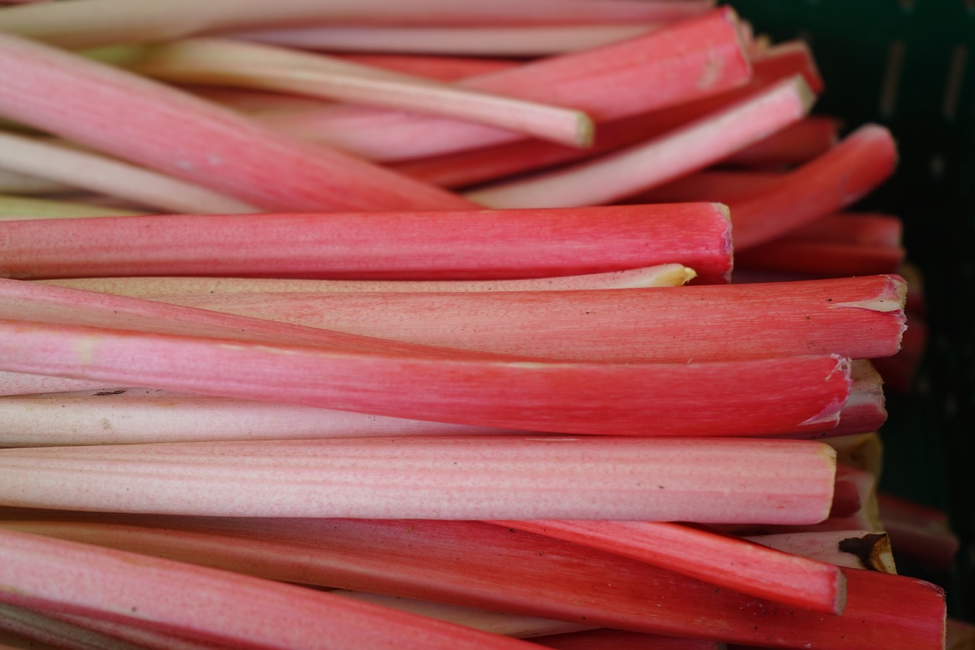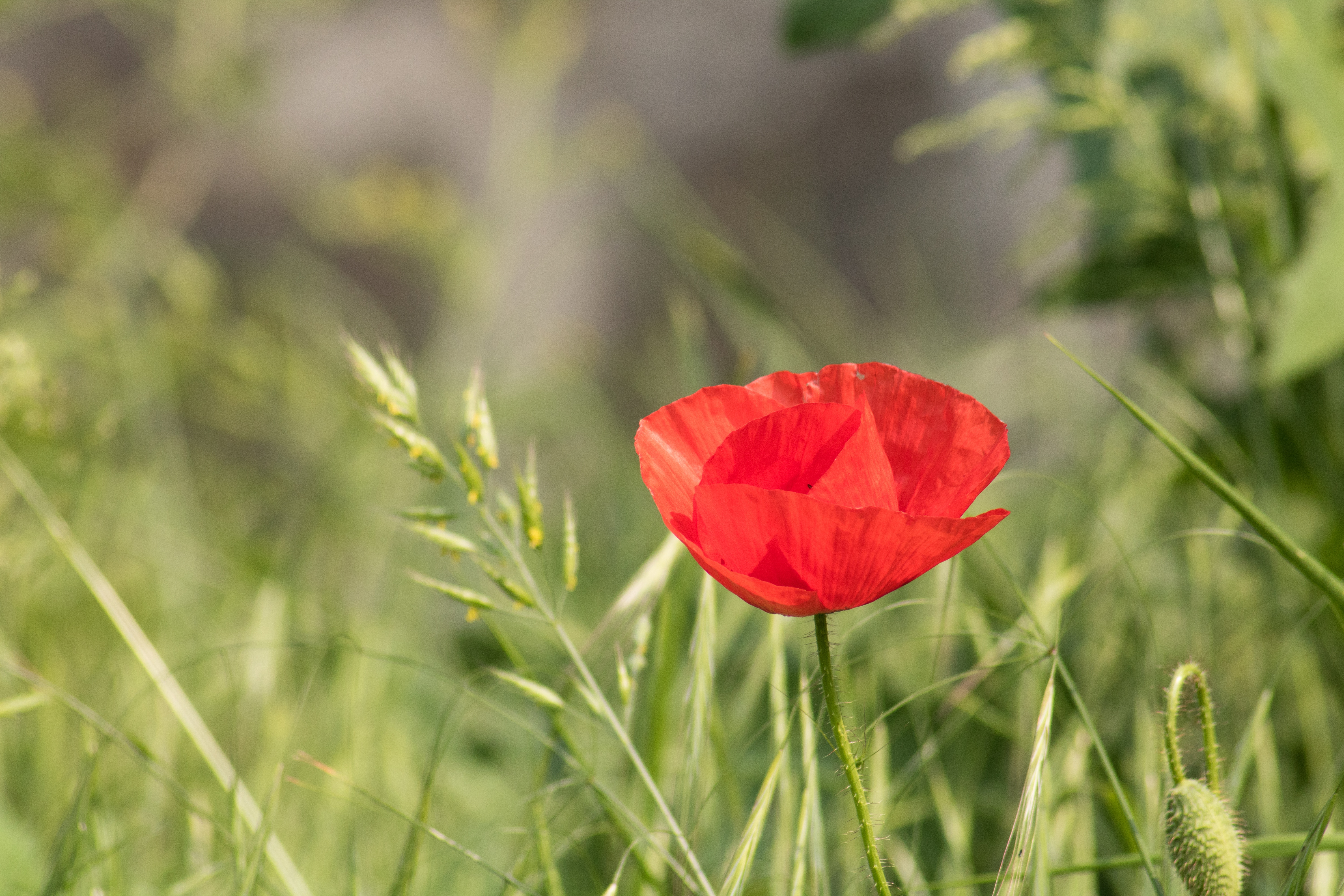
This week, James E. Craigie, MD, of The Center for Natural Breast Reconstruction answers your question.
Question: In 1987, I had abdominal flap surgery following a Halstead radical mastectomy. I keep wondering what is NOW going on in my body! When I feel odd pains I wonder if it could be repercussions of that surgery so long ago.
Answer: Thank you for your question. If you had your surgery in 1987 and you had reconstruction using your abdominal tissue then I will assume that you had a Tram procedure. That surgery relies on partially removing the muscle from the abdominal wall. Not having the muscle in place can cause problems later in life. People can have pain or bulging of the tummy and even hernias. Of course not all patients have those problems. If your problems are in the tummy area then that is a possibility. If your problems are in the area of your breast or mastectomy then you should consider seeing a breast surgeon that specializes in doing mastectomies to make sure all is well with regard to your breast area. You could also see the doctor who follows you regarding your breast cancer history. Scaring from a “Halstead” mastectomy especially after radiation could cause aches and pains later in life. Regardless of what it might be you should definitely be seen by your doctor so they could do a complete evaluation of your symptoms. After an evaluation they could make more specific recommendations. I hope his information helps. Let me know if you have further questions.
Have a question about breast reconstruction or post-surgical you’d like answered from our surgical team? Just ask!


